A MONUMENTAL UNDERTAKING

The Great Wall of China, as one of the wonders of the world, was built over the course of 2,000 years, with construction continuing from the Spring and Autumn Period (770-476 BC) to the Ming Dynasty (1368-1644). The existing sections have a total length of more than 21,196 kilometers.
To better protect the Great Wall, since late 2018, a research team from the School of Architecture at Tianjin University has taken more than 3 million photos of a section built in the Ming Dynasty that runs across 13 provinces and regions. Their mission is to preserve the Great Wall in a digital format.
"The Great Wall is an epic monument of the Chinese people. We hope that our research will not only provide support for the protection and monitoring of the Great Wall, but also showcase a more authentic and well-preserved Great Wall, enhancing its cultural allure," Li Zhe, a member of the team, says.
The 45-year-old guest researcher is dedicated to preserving images of the Great Wall, which involves the use of the latest technology, such as drones, to collect "the most complete, accurate, three-dimensional images of the Great Wall".
By capturing successive scan-quality images and utilizing software to create 3D models, the project produces in-depth renderings of the site that can be applied to various research fields, such as showcasing cultural relics, investigating areas of damage, and analyzing the causes of harm, according to Li.
Although authorities conducted a general survey of the ancient barrier with basic information, such as its length and construction period, Li says their program aims to highlight details, such as the complex structure, the location of facilities and the sections with potential risks.
It is not an easy task, because most parts of the Great Wall are located in remote areas. Even with the assistance of the monitoring technology, such as satellites, drones and planes, the team must access these places for closer examination.
"From our images, you can see the lines between the bricks," Li says, adding that every kilometer of the wall requires about 300 high-resolution photos.
What's more, combining the 3D images of the Great Wall and the collapsed sections can help researchers find patterns, Li says.
With the help of artificial intelligence, the team found at least 220 hidden doors, or secret passages, along the Great Wall. Li says some of the secret doors have a specific width and height that only allows one person to pass through. These passages are well hidden and soldiers in the past needed to provide a secret code to enter.
"These doors hide the secrets of the Great Wall, and also the wisdom of the ancients," Li says.
In the eyes of Zhang Yukun, head of the research team, the Great Wall is not just a "wall".
"It was regularly opened and used for business exchanges, which served as more of a channel for communication," Zhang says.
Earlier this year, the team's research led to an exhibition at Tianjin Museum, showcasing the digital format of a 5,500-km section of the Great Wall.
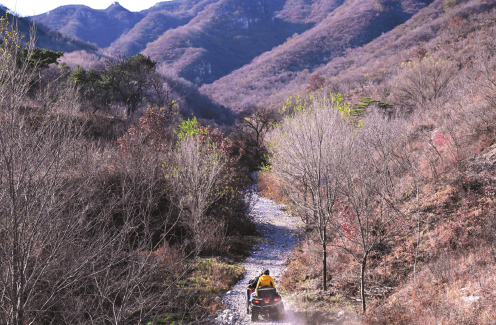

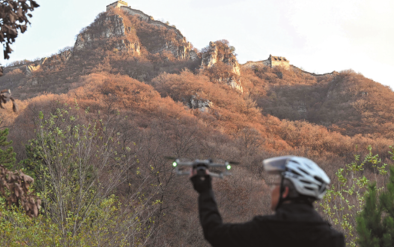

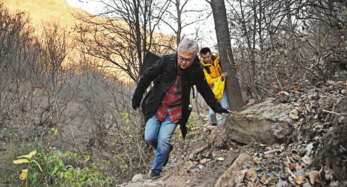

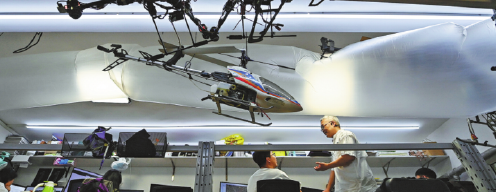

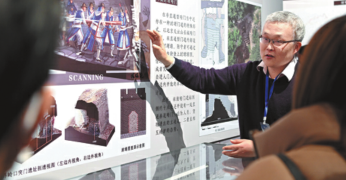
Today's Top News
- Ukraine says latest peace talks with US, Europe 'productive'
- Economic stability a pillar of China's national security
- Xi taps China's deep wisdom for global good
- New rules aim for platforms' healthy growth
- Chinese web literature grows overseas
- Postgrad exam trend points to thoughtful approach






























